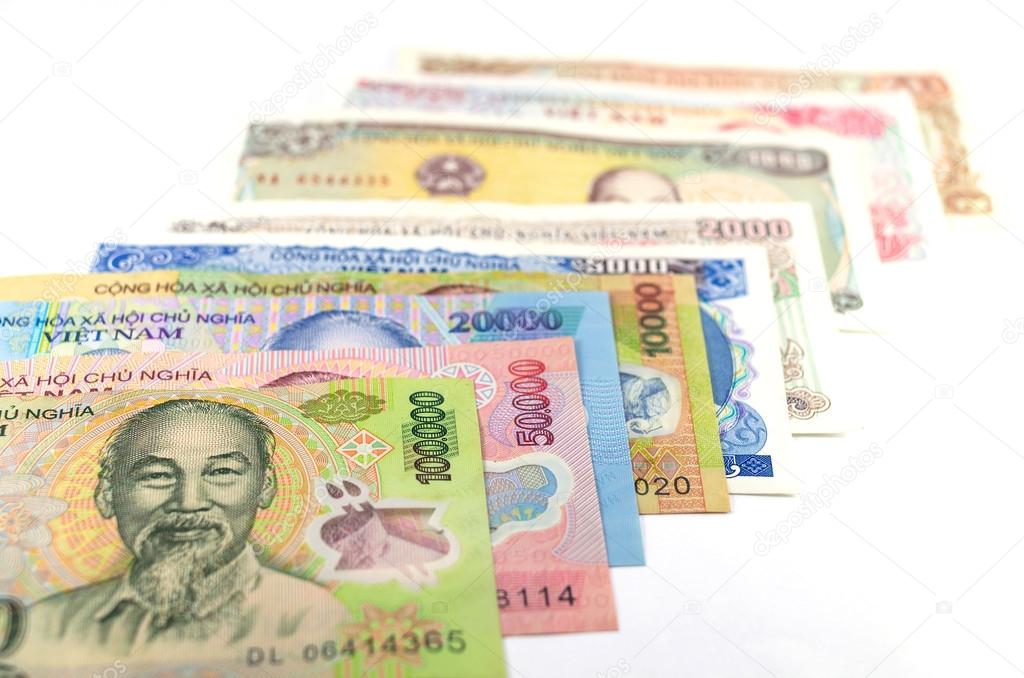The Vietnamese Dong (VND), the official currency of Vietnam, tells a story of resilience and economic transformation. Introduced in 1978, following the reunification of North and South Vietnam, the Dong replaced both the North Vietnamese Dong and the South Vietnamese Dong, symbolizing a unified national economy. The currency is managed by the State Bank of Vietnam and is available in both coins and banknotes, with denominations ranging from 200 to 500,000 VND. Banknotes are particularly notable for their vibrant colors and intricate designs, often depicting iconic cultural and historical symbols such as the Temple of Literature in Hanoi and the country’s revered leader, Ho Chi Minh. The Dong has undergone several redenominations and reforms to stabilize its value amidst the economic turbulence of the post-war years and the transition from a centrally planned economy to a more market-oriented system. Despite its relatively low value against major global currencies, the Dong plays a crucial role in Vietnam’s rapidly growing economy, which has seen significant strides in GDP growth, industrialization, and foreign investment over recent decades. The currency’s value is heavily influenced by Vietnam’s trade relationships, particularly with major partners like the United States, China, and the European Union. While the low denomination of the Dong means tourists often deal with large numbers of notes, it reflects the affordability and cost-effectiveness of traveling and doing business in Vietnam. As the nation continues to integrate more deeply into the global economy, the Vietnamese Dong stands as a testament to Vietnam’s dynamic economic landscape and its enduring spirit of progress and adaptation.
Hotline
+8424.3882.6969




